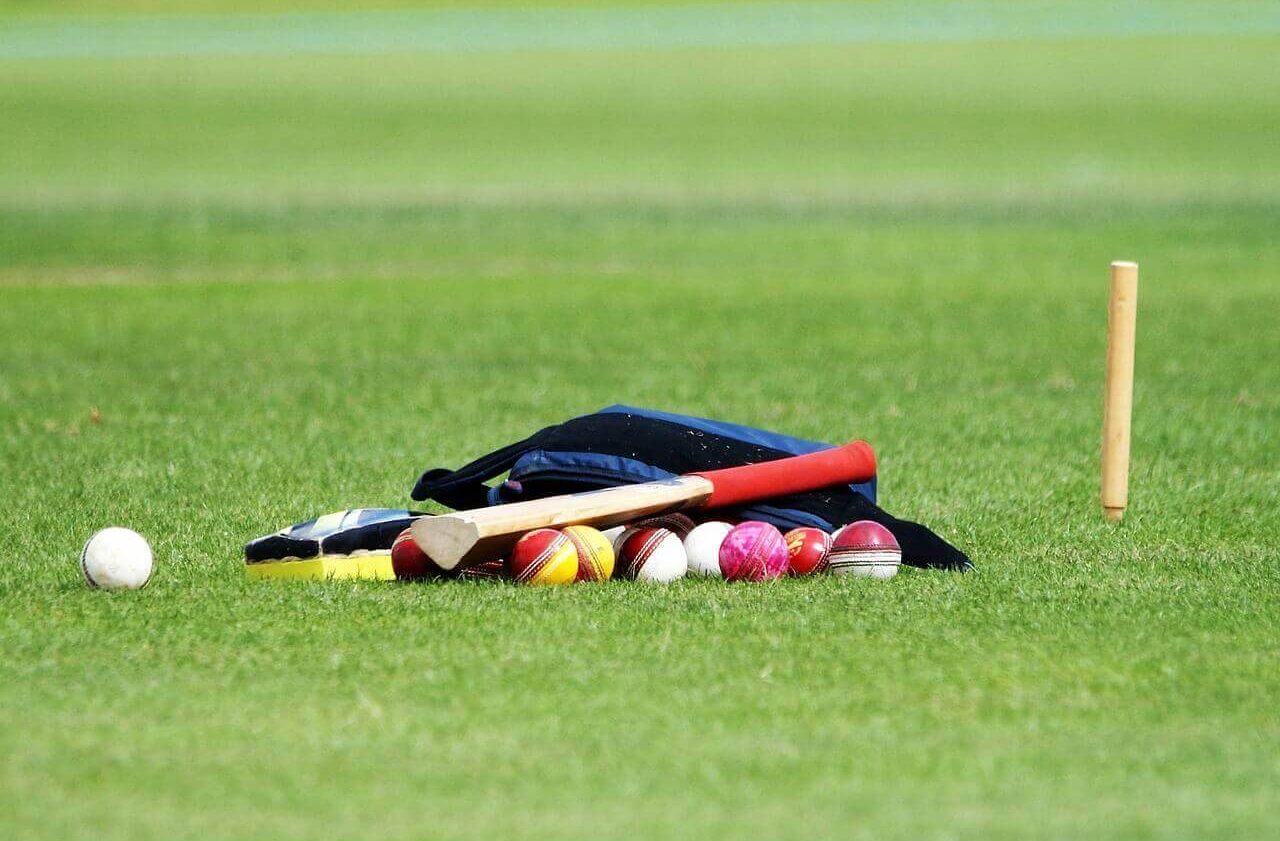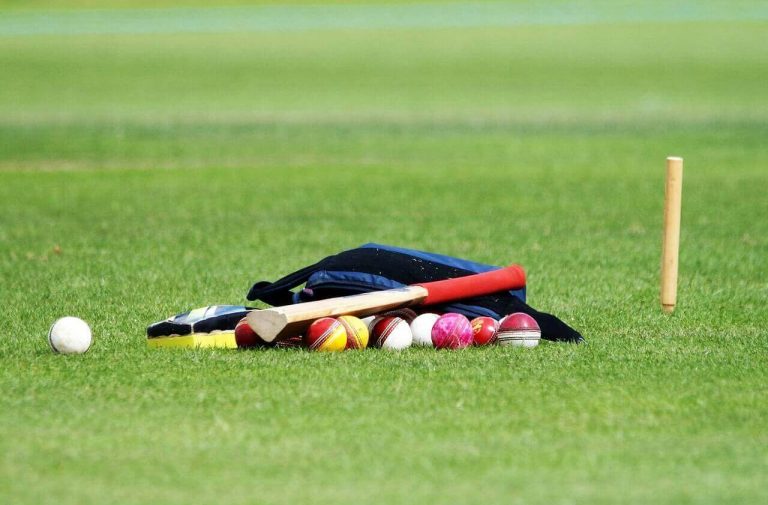VISION & MISSION

OUR MISSION
Mission of developing the domain – To develop and create athletes (Cricket Players) mentally and physically fit to achieve high-performance Elite status by creating learning environment where players can learn problem solving, decision making and leadership qualities on their own in match contexts under pressure were quality of decision-making matters most. The moral responsibility as Coaches, Parents, Instructors and Athletes is to accept the challenging fact that we need to be more compassionate and develop the mental ability of accepting of methodology of doing things in different ways. Becoming good at something does not require conforming to some ideal solution. It Involves adapting to the constraints you have faced and experienced personally and were very critical and how you have adopted and found solutions. We need to let performers explore, try things out and let them find solutions that work for them.
OUR VISION
The vision Coaching of Mark cricket is to provide and create a learning game based natural environments, habitat for physical and mental skills growth, developing a team-first culture and development for all with growth mindset and emphasis on mental skills development along with the modern-day cricket physical requirements stressing on the mastering of basics skill, blending and improvisation using the modern-day tech-friendly versions of coaching. Highly structured coaching dehumanizes cricket. Here’s what we do as elite coaches to create environments where players can learn problem-solving and decision-making on their own in match contexts. Based on his 30 years of experience across the globe playing and coaching Mohammed Azim has visualization that the developed cricket countries have lost the natural environments that were a big part of their development structure in bygone eras. In those environments, young cricketers learned from watching good players and then emulating them in pick-up matches with family and friends.
Usually, any instruction that was received was rudimentary, and interference from adults generally was minimal. In these unstructured settings, players developed a natural style while learning to compete against older players, during which they learned critical coping and survival skills. The Indian subcontinent and associate countries still have many towns where coaching facilities are rare and youngsters play in streets and on vacant land without the interference of formal coaching. This is where many of their current stars have learned the game.
Working and playing cricket in associate countries ‘Mohammed Azim has realized that Modern day cricket across the globe, on the other hand, have very few of these natural environments and their players are produced in a narrow band of public schools, with an emphasis on the coaching manual. Therefore, their batting has lost much of its flair and resilience.
The games that young people make up and play are dynamic and foster creativity, joy, flexibility in technical execution, tactical understanding, and decision-making, which are often missing in batting at the highest levels.
Environments that attempt to reduce batting to mastery of technique and to break it up into several distinct components reflect a misunderstanding of how complex batting is
Invariably, when an adult gets involved with kids playing cricket, they break up the game and kill its energy by emphasizing correct technique. This reduces a dynamic, engaging environment that promotes learning to a flat and lifeless set of drills that do little to improve batting in games.

The growth in structured training in the preparation of batters has not only failed to take batting forward, but it has also actually resulted in a decline in batting. Highly structured environments, and an excessive focus on teaching players to perform “correct” technique, dehumanize cricket.The environments that attempt to reduce batting to mastery of technique, and to break it up into several distinct components, reflect a misunderstanding of how complex batting is. Quality batting requires good imagination, creativity, and the ability to identify and respond to challenges in matches.
Through this elite high performance academy REGC and the www.markcricket.com domain Azim emphasis a response to this problem, From training them to be the font of all wisdom, we must instead enable them to become managers of creative learning environments in which young cricketers learn the game with minimal invasion and interference from adults.In this approach Azim work involves setting up conditions for learning through engagement with the physical learning environment – which involves some degree of awareness and decision-making.
There are a couple of significant challenges to the status quo of coaching involved here. One is the shift from the idea of the coach as having all the knowledge that he hands down to the players as passive receivers, to one of the coach facilitating and guiding players in constructing their own knowledge as active learners.In his wonderful book The Art of Cricket published 64 years ago, Don Bradman wrote: “I would prefer to tell a young player what to do than how to do it.” I would take this further by suggesting that good coaches should also help them learn when and why.
The Elite high-performance coaching and Training is focused on improving game play by locating learning in contexts that, to different degrees, replicate game conditions, so that improvements in practice sessions lead to improvements in matches.This does not mean just playing cricket instead of practicing. It means designing and managing modified games and activities aimed at outcomes that suit the skills, attitudes and motivations of the players and the preferred learning outcomes – whether for children learning to play or for batters at the highest levels.
Azim strategical approach of debriefing and asking questions to get players thinking and working together to solve problems. The questions are aimed at drawing players out to come up with solutions to the problems presented to them.This does not neglect technique but, instead, develops it by having players learn and improve the execution of technique in the context of a match. This develops decision-making, flexibility of execution, awareness, and the ability to adapt to the range of challenges that batters face.The greatest batters developed their talent over long periods of time by playing and learning in creative, informal learning environments from young ages without an excessive focus on perfecting someone else’s idea of what an ideal technique should look like.
